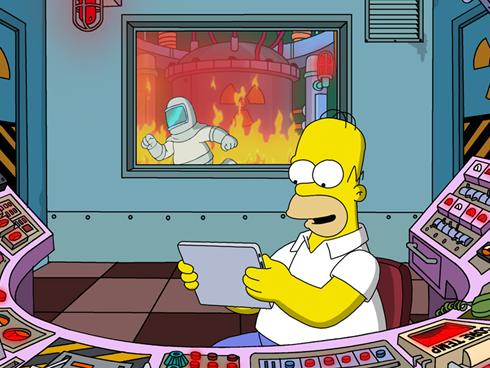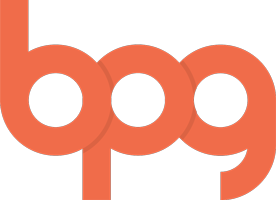
If you’re a casual gamer on phone or tablet (and 46% of you are, according to Forrester), you likely have a few free-to-play (F2P) games kicking around. You may have even spent a buck or two on in-app purchases for the games that you really enjoy. (It’s ok. There’s no shame in needing the Mighty Eagle to get through that level in Angry Birds.)
Whether or not you’ve voted for F2P with your wallet, it and freemium, in general, are all around us. As a pricing and business model, F2P has become a major force in games, and large swaths of the software business have embraced freemium. Nicholas Lovell and Rob Fahey have written an excellent ebook, Design Rules for Free to Play Games, if you want to quickly come up the F2P learning curve.
The principles behind F2P make a lot of sense in a lot of ways for the music business. Those selling to-fan and even to-band should take note.
Here are a few of the lessons the music business can learn from free-to-play games:
-
One size does not fit all. Segment or perish.
F2P breaks users/consumers into three segments, at minimum, based on revenue: Minnows, Dolphins and Whales. You can guess which pay the least and the most. The kinder, gentler term for a Whale is a Super Fan.
-
Raise the ceiling on what a Super Fan can pay.
Rather than $9.99 for an iTunes album or a subscription to Rdio or Spotify, why not let your biggest supporters pay you more for what they love? Crowdfunding embraces this with a variety of price points and perks, and pay-what-you-want experiments have shown that you’ll want to set a minimum, but there’s much more to be done and learned.
-
Don’t dismiss the Minnows. You paid to acquire them, now work to convert them.
One of the tenets of F2P advocates is “Free-to-play forever,” which is to say once acquired, never kick a user out. A large portion will not convert and pay, but you won’t know which will unless you give them sufficient time and value.
-
Don’t be greedy. Extortion isn’t a sustainable business model.
While the game business is still working out some kinks, it’s rapidly iterating and finding ways to balance value delivered with price paid. Scammy F2P plays are sniffed out fast and word travels faster. Damage to brand and bottom line follows.
-
Give away what’s cheapest to distribute, even if it’s what you value most.
For most, this is the hardest pill to swallow. Content may be king, but its kingdom is shrinking fast.
-
Sell what can’t be (readily) copied.
Emotion, elation, great experiences and memories. Merchandise, social capital. The list is long. These things are now what fans value most. Yes, live event ticket sales are where most artists’ eyes are focused, but the machinary of the business is still tuned for record sales.
-
Production costs and values have to fit free.
In the games industry, AAA is the equivalent of the music industry’s “major label”. $10MM+ budgets used to be the norm for AAA games. Those days are over, in large part because of free-to-play alternatives from smaller studios and the rise of mobile. Sound familiar?
Is there still a place for premium? Absolutely, just as there is in games, but finding and serving customers who’ll pay a premium out of the gate is increasingly hard to do. Is free-to-play still in its infancy and finding its legs? You bet. There are many mistakes still to be made and problems yet to be solved. If I just ignore it for long enough will it go away? Not a chance.
The music industry has forever lost the ability to force a customer to purchase, but it has not lost the ability to ask a fan to buy.


